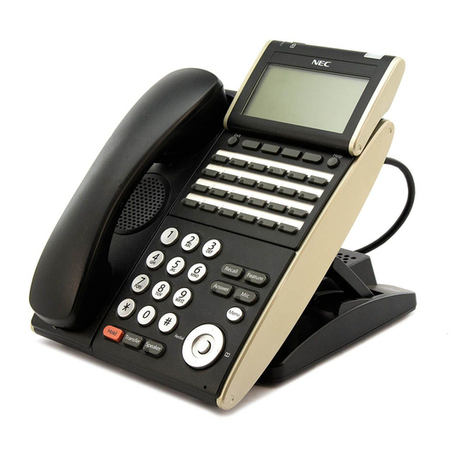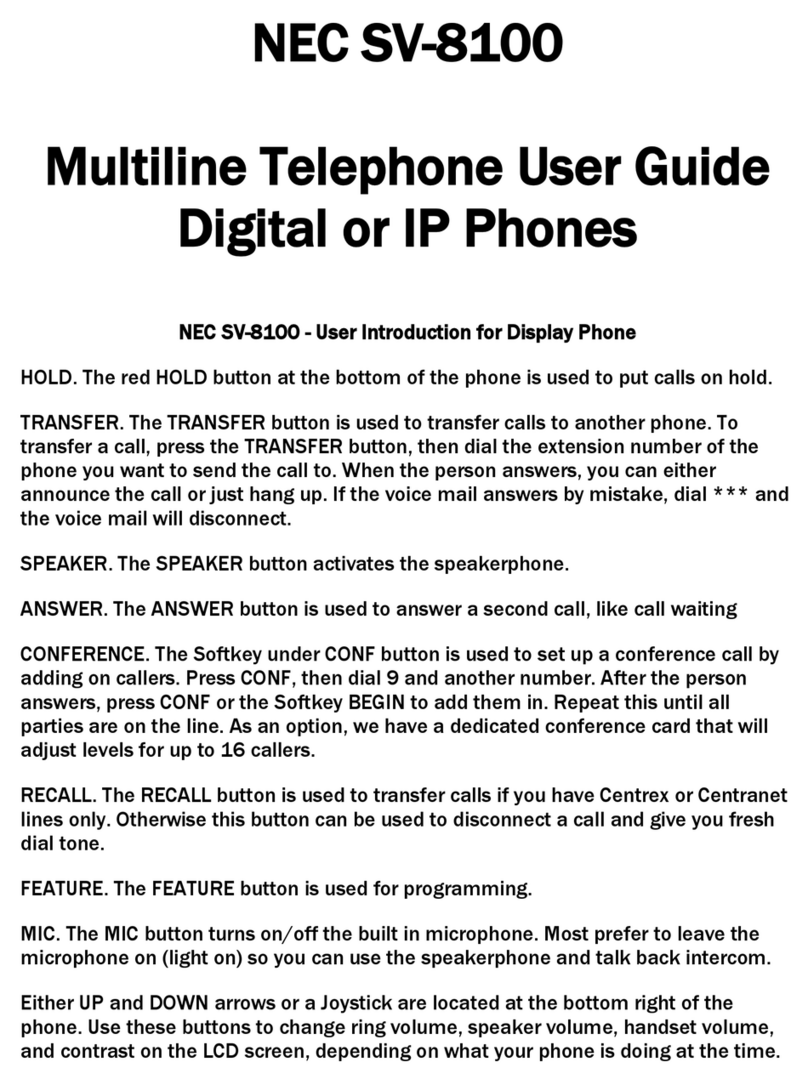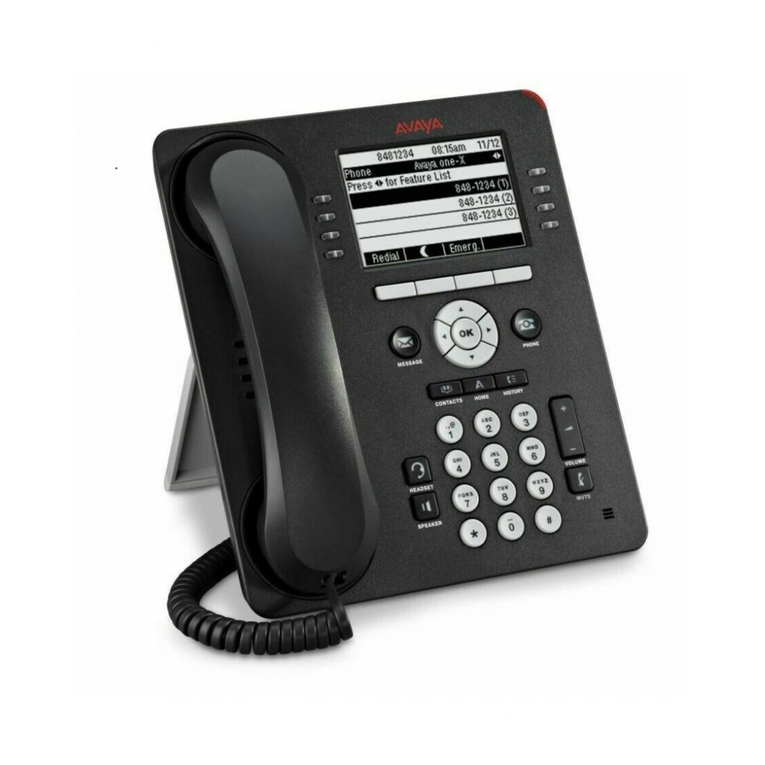NEC ITK-32TGCG-1 User manual
Other NEC IP Phone manuals
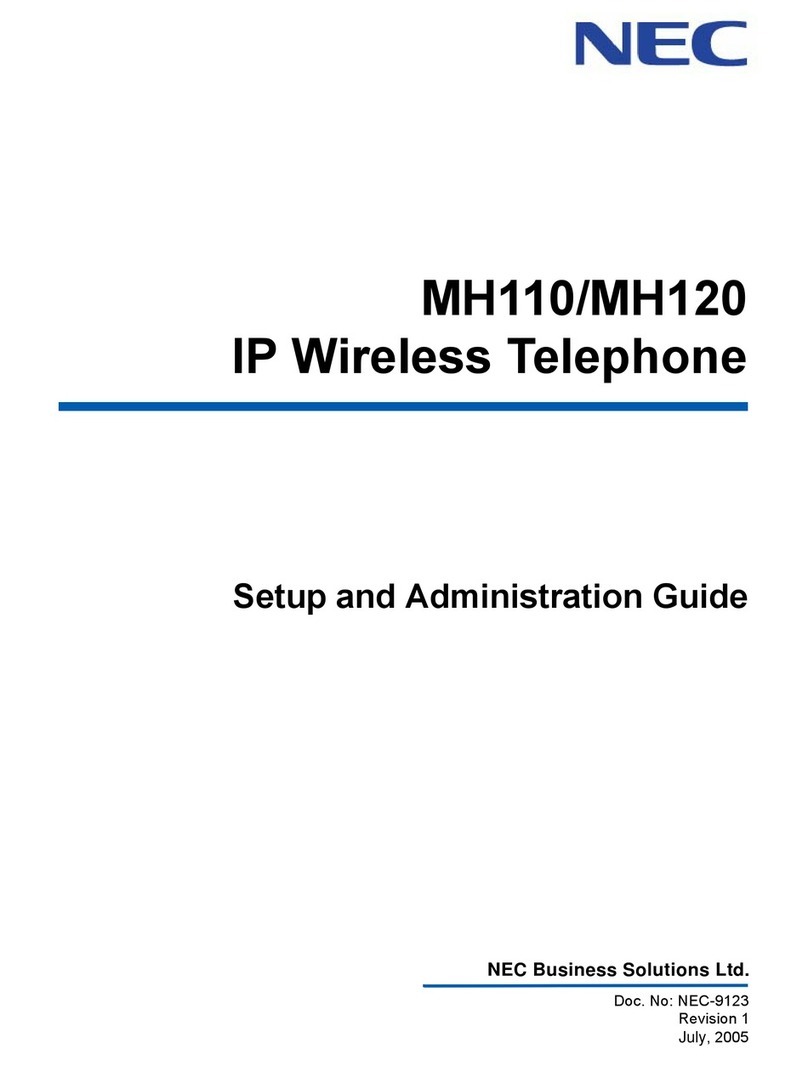
NEC
NEC MH110 Instruction Manual

NEC
NEC UNIVERGE User manual

NEC
NEC DS1000 Owner's manual
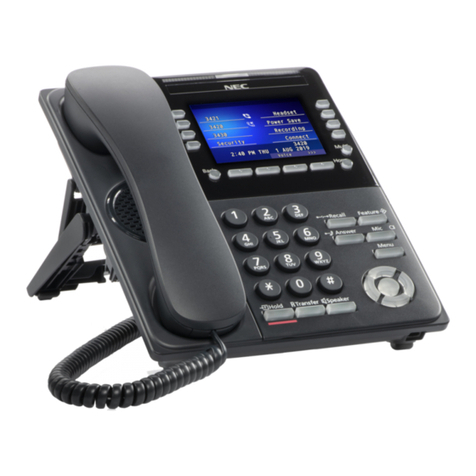
NEC
NEC UNIVERGE SL2100 User manual
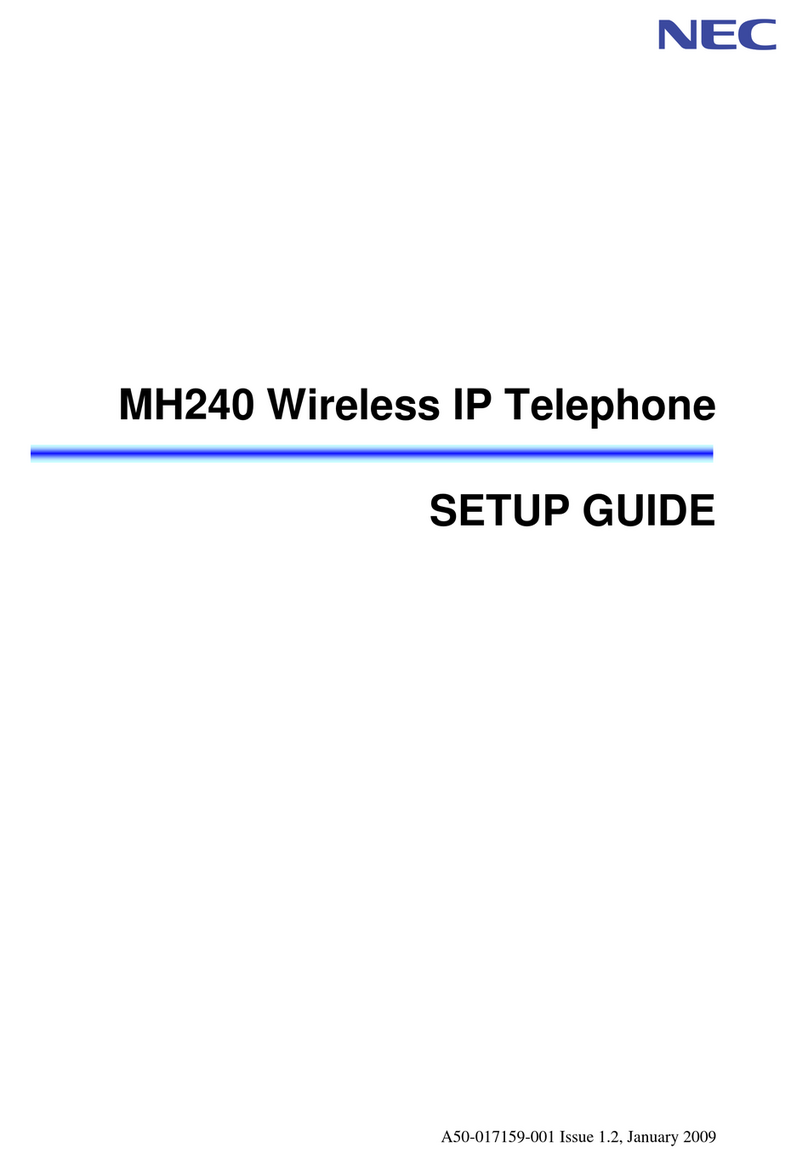
NEC
NEC UNIVERGE MH240 User manual

NEC
NEC DT750 Reference guide

NEC
NEC DT730 User manual
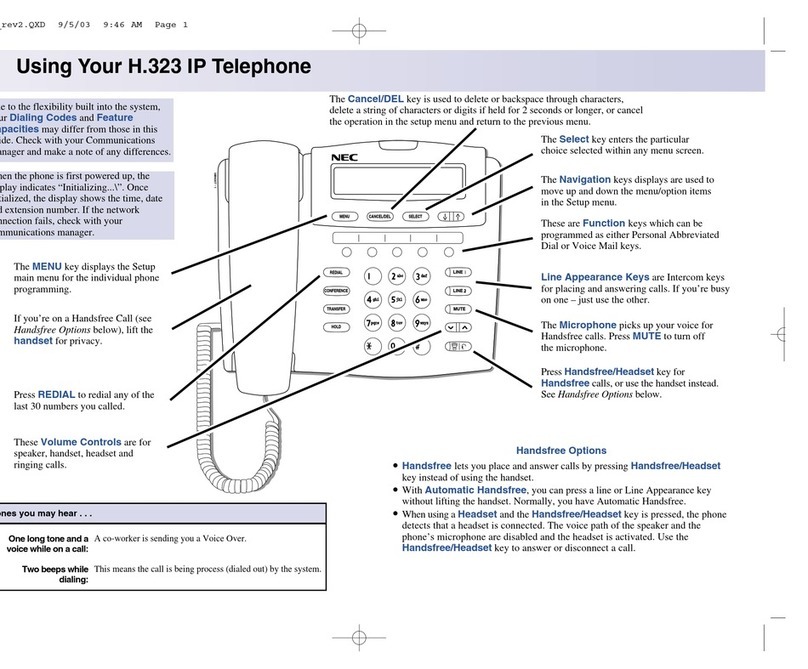
NEC
NEC Aspire User manual
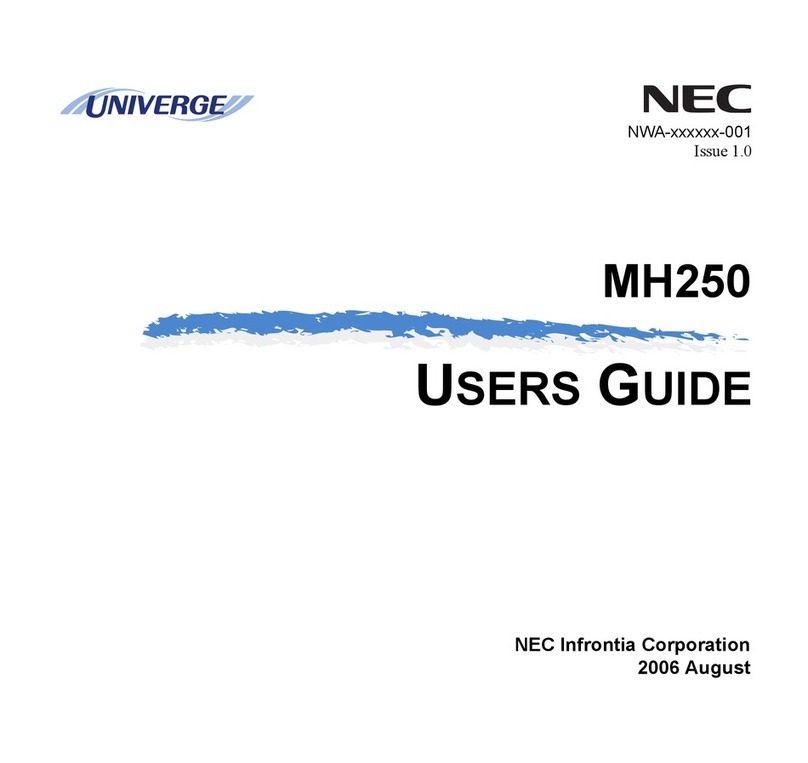
NEC
NEC Univerge MH250 User manual
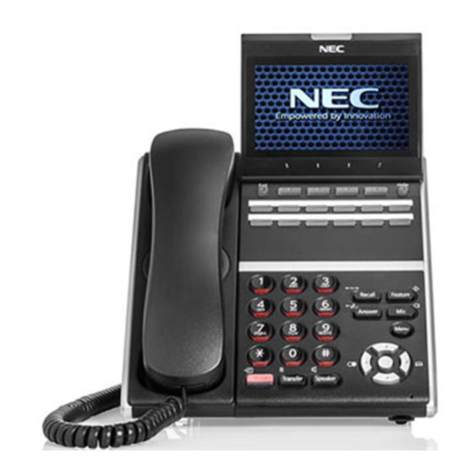
NEC
NEC Univerge SV9100 Owner's manual

NEC
NEC Univerge MH250 User manual
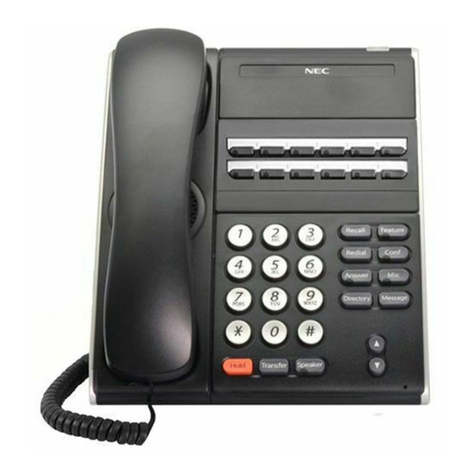
NEC
NEC DT310 Reference guide
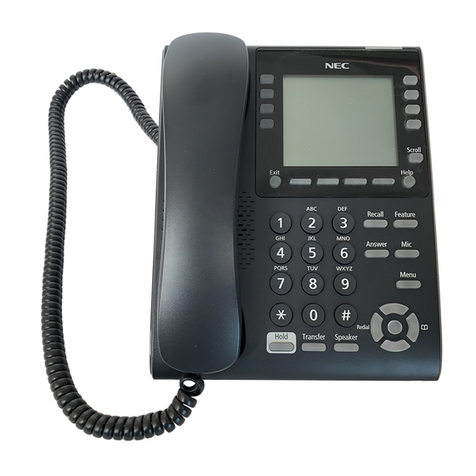
NEC
NEC Univerge SV9300 User manual
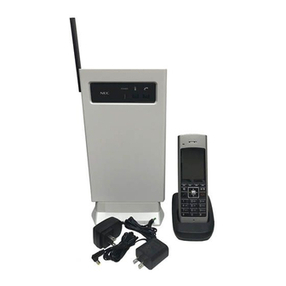
NEC
NEC Dterm DTZ-8R-1 User manual

NEC
NEC UNIVERGE SL2100 Instruction manual
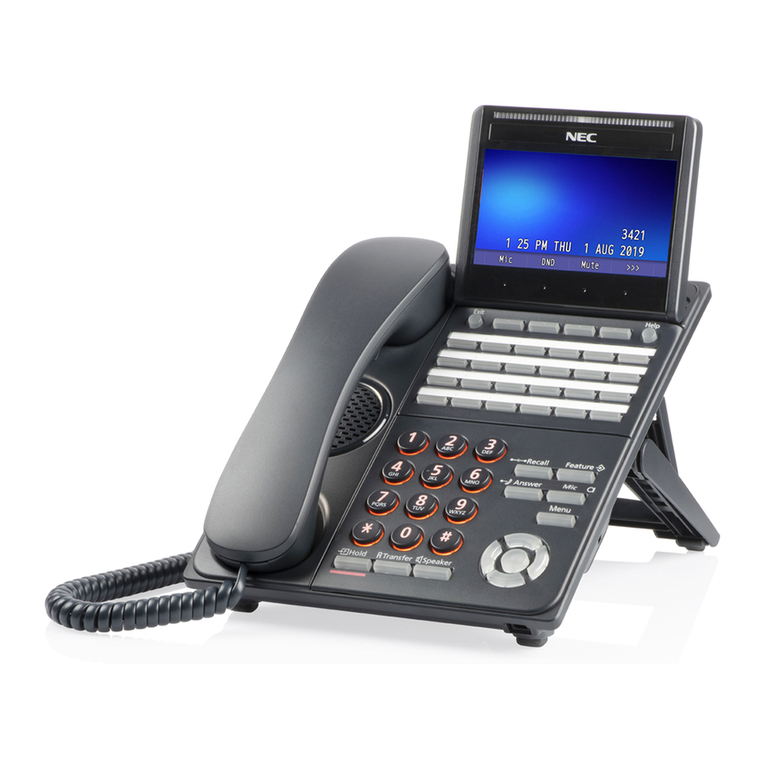
NEC
NEC D-Term IP-32 User manual

NEC
NEC Univerge DT820 Reference guide

NEC
NEC Univerge SV8100 User manual
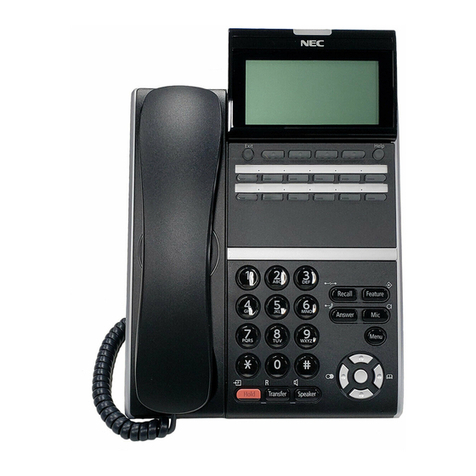
NEC
NEC DT830 Series User manual
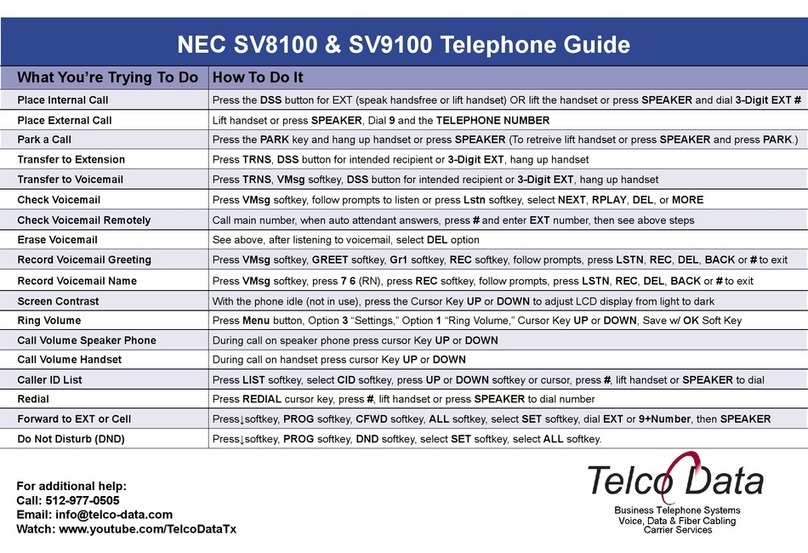
NEC
NEC Univerge SV9100 User manual

